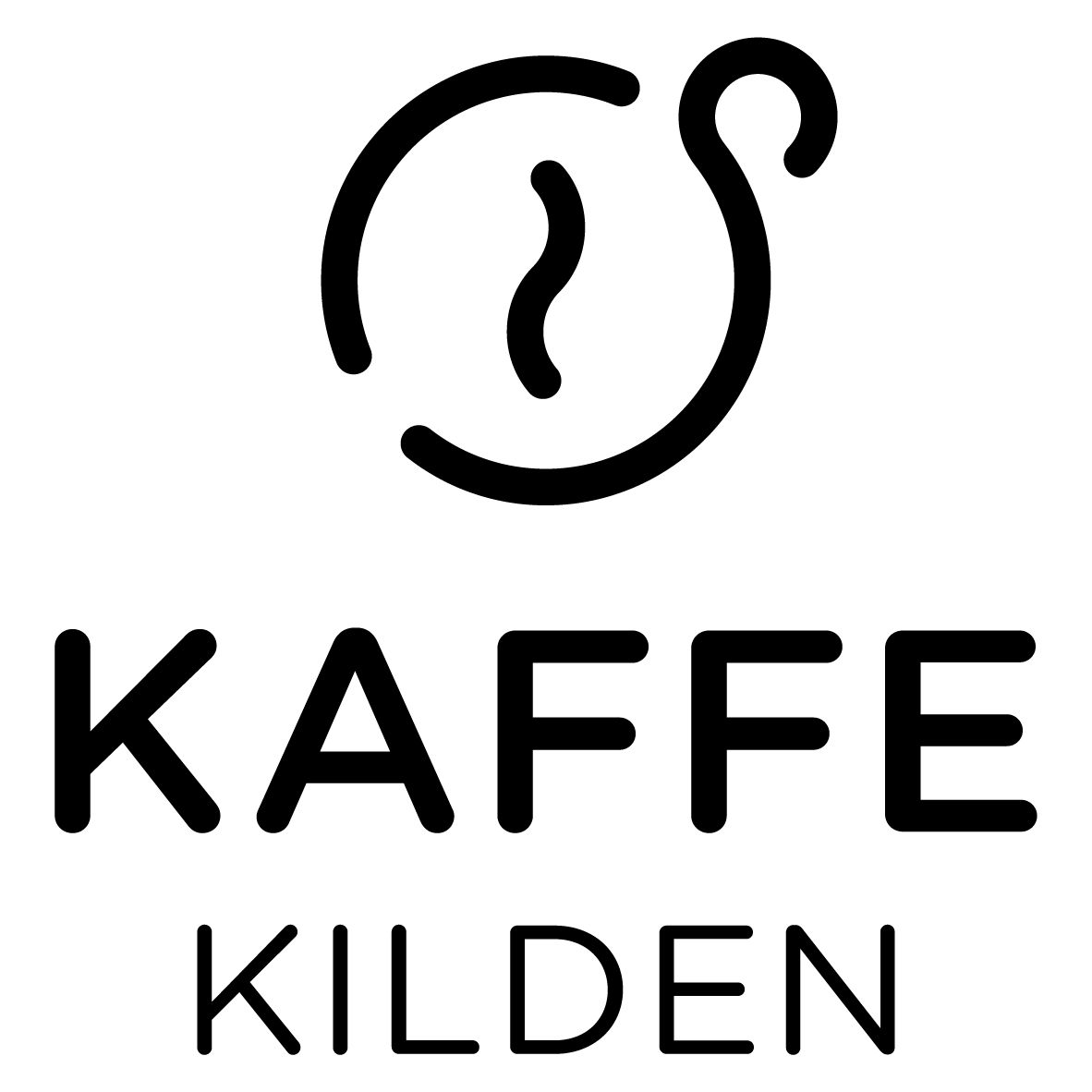When users interact with apps they create data. It’s this data that apps often need to save or access to function properly and provide the best user experience. The data is categorized as personal settings media, documents and other information. It can also be used to track clicks, purchases of products and other conversions within the app. There are several methods to collect this data, including asking the user to provide it, determining it based on on-site behavior or purchasing it from a third party. The ideal customer data should be stored centrally and in a standard format to allow for easy integration and exchange between applications. There are new standards for data profiles of customers by industry sectors that could help define the data models to use.
There are many ways to store data, and the method used by an app will affect how the user interface looks. File storage is the most popular storage method, where data is kept in files and folders which are arranged in a hierarchical fashion. This is the way used by hard disk drives and cloud-based storage, such as Google Drive and Microsoft OneDrive. Block storage is another option, where data is divided into blocks and then stored anywhere on the storage infrastructure. They are identified with identifiers, which make them easy to find and to act upon.
Early systems had built-in tools which provided detailed details about the properties of storage media in textual format. Modern systems, such as Android and iOS, provide visualisations to help with these functions, specifically capacity/usage and lifespan. Visualisations of capacity/usage are typically horizontally stacked bar charts. Lifespan is usually displayed as a circular pie graph or in its variations like doughnut charts.
http://www.virtuadata.net/best-android-games-with-bluetooth-controller-support
